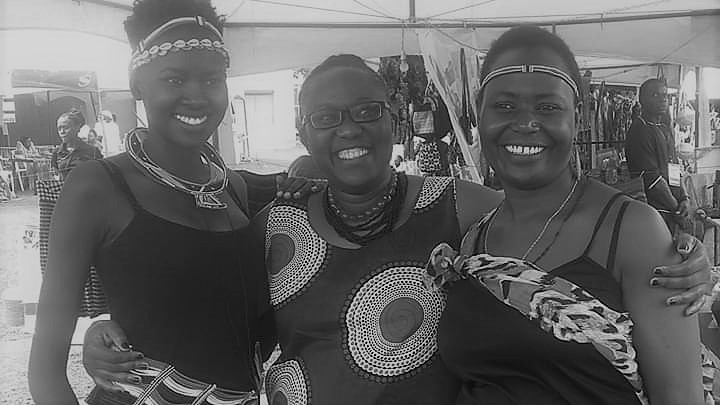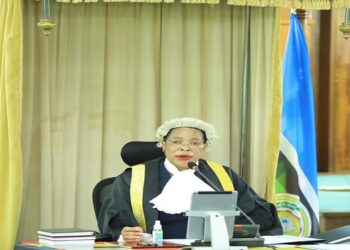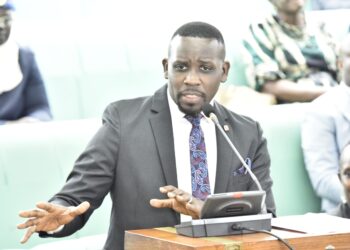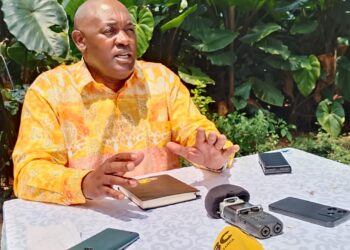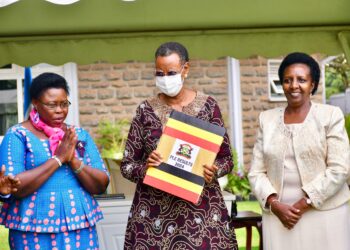First, important context. Media reports are abound in which, His Excellency President Yoweri Kagutta Museveni, is quoted as having said something to the effect that those who are applying an ethnic analysis on his political appointments are myopic individuals with no sense of direction
Nevertheless, cultural anthropologists find it interesting that a nation whose population censuses categorise its citizens into ethnic groupings shouldn’t apply an ethnic lens on debates that are related to national public governance.
Myopic as it may be to Mr. Museveni, some, in fact, point out that any president of Uganda that would allocate Cabinet positions without taking into consideration our ethnic composition as a nation, would have a hard time being re-elected in a free and a fair election of one man one vote.
So, in order to get elected president in the first place, candidates must demonstrate their ethnic biases, some assert. Many, for example, did interpret Mr. Museveni’s cabinet reshuffle in December of 2019 to have been driven, to a significant degree, by the 2021 presidential and parliamentary elections, among other factors.
Using Mr. Museveni’s 14th December 2019 Cabinet, hence forth to be referred to as “Cabinet”, let us put to test the assertion that first nations of Uganda are a major factor that cannot be rubbished away by a president.
A cursory look at Cabinet, may give an impression that Mr. Museveni’s allocation of Cabinet positions is based on sound and justifiable grounds that a shrewd politician cannot afford to miss. His cabinet appointments, seemingly, accommodate the reality of the ethnic composition of the citizens of Uganda.
Looking closely at Cabinet, indeed, analysts may surmise, that its composition does reveal, somewhat, Mr. Museveni’s strategy for winning the 2021 election and for keeping the majority of Ugandan citizens generally mollified and pacified.
Fact is, according to the most recent population census, conducted in 2014, in terms of numeric strength, the big five first nations of Uganda, and which command 49 percent of the population of Ugandan citizens, are the:
- Baganda (16.5 percent)
- Banyankole (9.6 percent)
- Basoga (8.8 percent)
- Bakiga (7.1 percent)
- Iteso (7.0 percent)
It is logical, therefore, for a president of Uganda, in making political appointments, such as filling Cabinet positions, to ensure that the big five first nations are mollified and pacified.
On that reasoning alone, the choices that Mr. Museveni made in filling the top echelon of his Cabinet – Vice President, Prime Minister, First Deputy Prime Minister and Second Deputy Prime Minister- with men from four of the big five, makes political survival sense.

However, the exclusion of one of the big five, the Iteso, from the top echelon does raise questions, especially so, since, potentially the position of 1st Deputy Prime Minister could have been allocated to one from the Iteso; a woman even.
Questioning may have been allayed through Mr. Museveni’s selection of full ministers. However, the majority of full ministers, over 50 percent, are from the two largest first nations; meanwhile, only four percent are from the Iteso. The composition of state ministers, as well, follows a similar pattern, with the Iteso allocated only nine percent.
As part of his Cabinet, Mr. Museveni, has five Senior Presidential Advisors and a Principal Private Secretary. Consistent with the pattern of ministerial appointments, the majority (60 percent) of advisors are from the Baganda and the Basoga. None are from the Iteso. The president’s Principal Private Secretary is not from among the big five.
The explanations of why so for the Iteso are for another blog post.
Credit: nowaraga.com
Do you have a story in your community or an opinion to share with us: Email us at editorial@watchdoguganda.com


